Last Updated on Friday, May 2, 2025 by Lavania Oluban
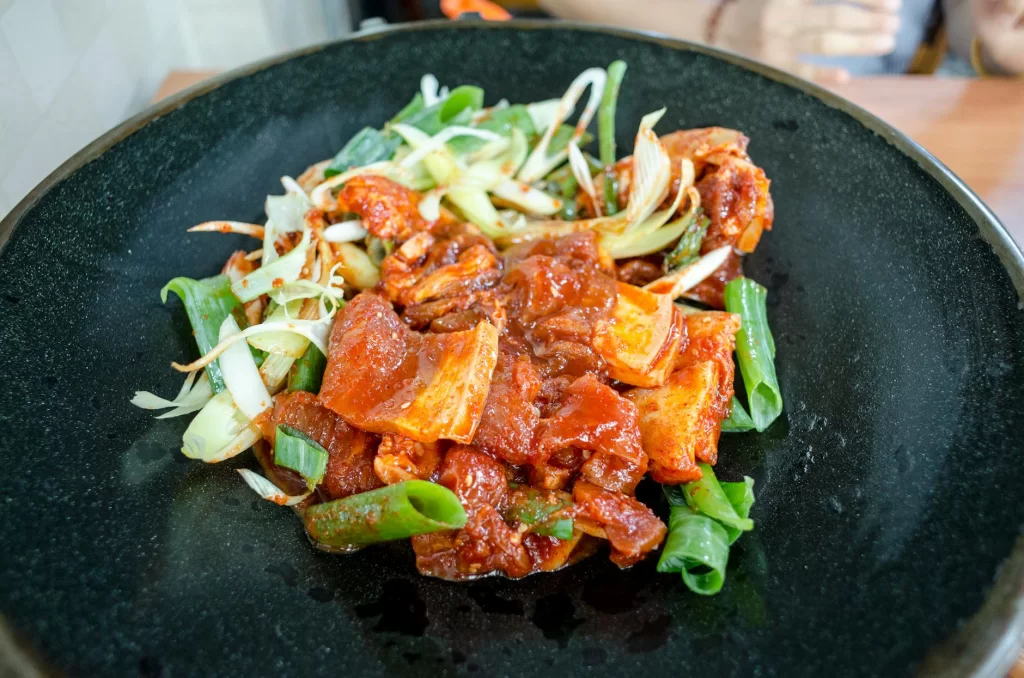
Iron is an essential mineral that helps your body produce red blood cells and transport oxygen. If you have low iron levels, you may feel tired, weak, or dizzy. The good news is that you can increase your iron intake naturally through diet.
Why Is Iron Important?
Iron deficiency can lead to anaemia, which causes fatigue, pale skin, and shortness of breath. Women, particularly those with heavy periods, are more at risk of low iron levels, making dietary intake especially important. I recently had a lifestyle screening where I discovered I have low iron myself hence the reason for this blog post.

Iron-Rich Foods
1. Animal-Based Sources (Best Absorbed)
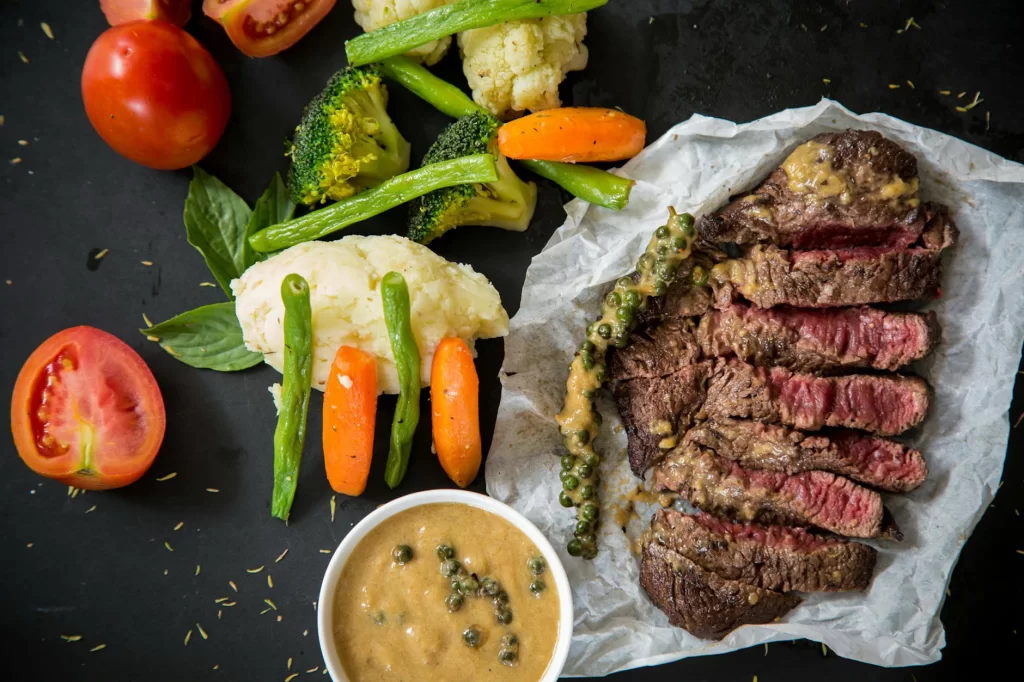
Iron from animal products (haem iron) is the most easily absorbed by the body. The following foods provide excellent sources of iron:
• Lean red meat (beef, lamb)
• Liver (one of the richest sources of iron)
• Chicken and turkey
• Egg yolks
• Shellfish (oysters, mussels, clams)
Cooking with a cast-iron pan can also increase iron intake.
2. Plant-Based Sources (Best Paired with Vitamin C)
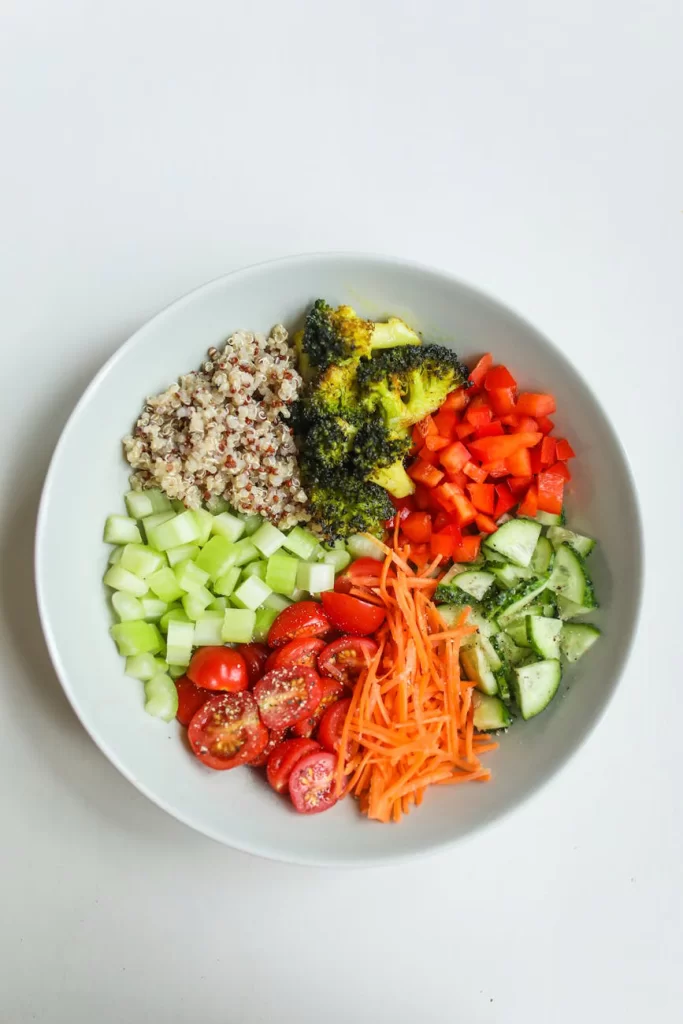
Non-haem iron from plant sources is less readily absorbed but can be enhanced when eaten with foods high in Vitamin C. Some of the best plant-based iron sources include:
• Dark leafy greens (spinach, kale, Swiss chard)
• Legumes (lentils, chickpeas, kidney beans)
• Tofu and tempeh
• Quinoa and whole grains
• Nuts and seeds (pumpkin seeds, sunflower seeds, sesame)
To improve absorption, pair these foods with Vitamin C-rich options such as oranges, bell peppers, tomatoes, or strawberries.
3. Iron-Fortified Foods
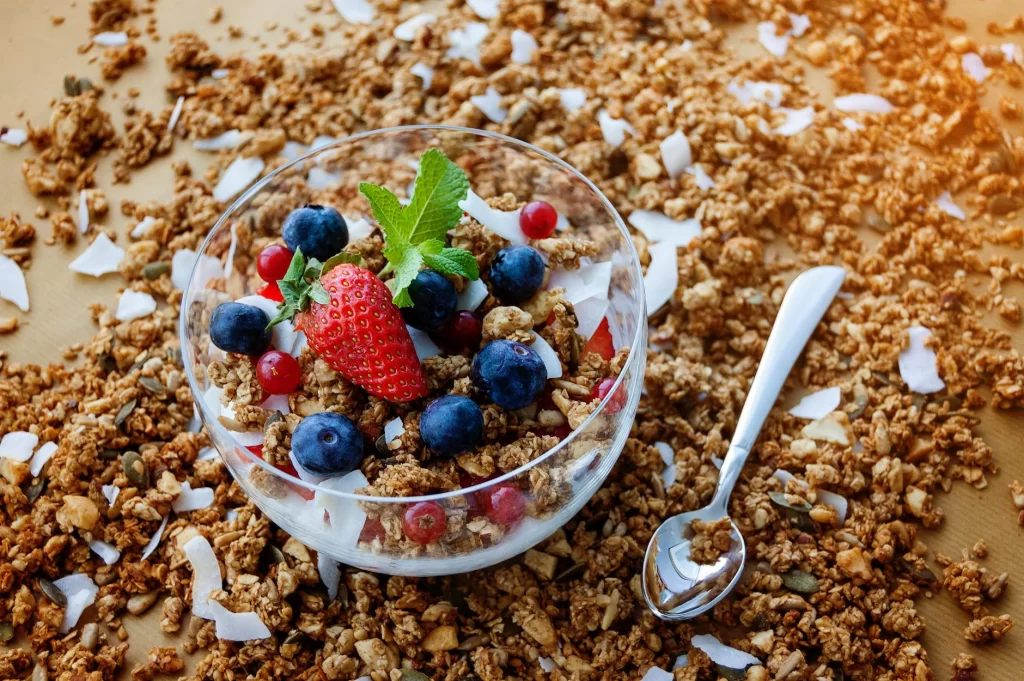
If you struggle to get enough iron from natural sources, consider iron-fortified foods such as:
• Fortified breakfast cereals
• Wholemeal bread
• Plant-based milk alternatives enriched with iron
These can provide an easy and effective way to boost iron intake.
Foods That Can Reduce Iron Absorption
Certain foods and drinks can hinder iron absorption. To maximise iron intake, consider limiting the following at meal times:
• Tea and coffee (contain tannins that block iron absorption)
• Dairy products (calcium competes with iron for absorption)
• High-fibre foods (bran, whole grains)
• Soy-based products (can reduce absorption from plant-based sources)
Drinking tea or coffee at least an hour before or after meals can help prevent interference with iron absorption.
Iron-Rich Meal Ideas
To incorporate more iron into your daily diet, consider the following meal ideas:
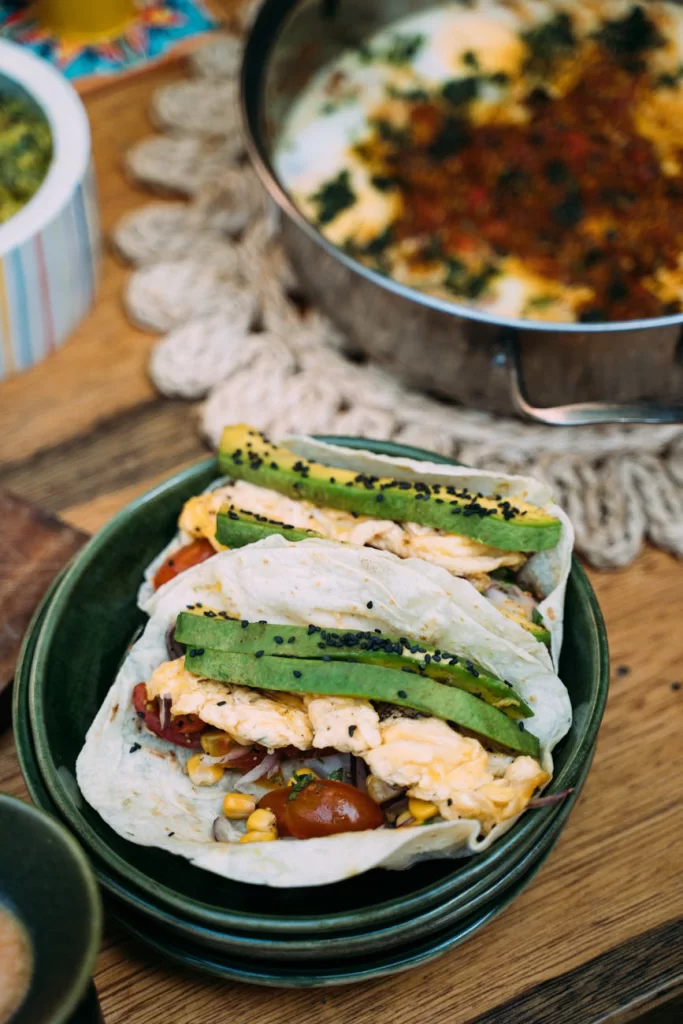
Breakfast:
• Scrambled eggs with wholemeal toast and sautéed spinach
• Fortified cereal with a glass of fresh orange juice
• Porridge topped with pumpkin seeds and sliced strawberries
Lunch:
• Lentil and spinach soup with wholemeal bread
• Grilled chicken and quinoa salad with roasted peppers and tomatoes
• Baked sweet potato with hummus and a side of steamed broccoli
Dinner:
• Beef and vegetable stir-fry with brown rice
• Grilled salmon with mashed sweet potato and steamed kale
• Chickpea and spinach curry with wholegrain rice
Snacks:
• Handful of mixed nuts and dried apricots
• Hummus with carrot and red pepper sticks
• Dark chocolate (85% cocoa or higher) with almonds
Do You Need an Iron Supplement?
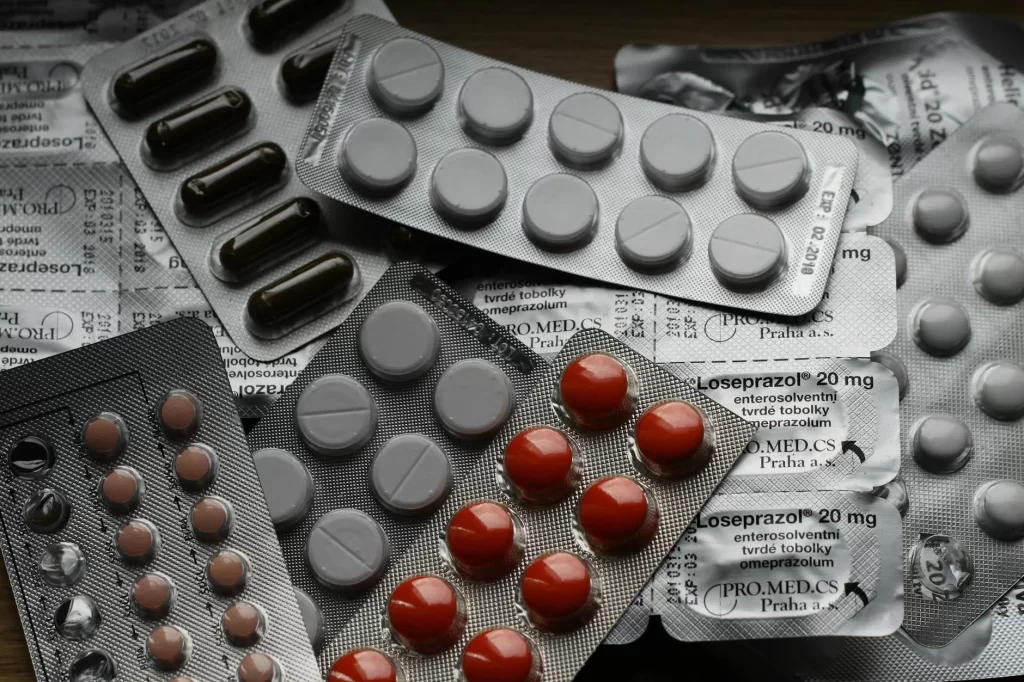
If your iron levels remain low despite dietary changes, an iron supplement may be beneficial. A gentle iron supplement, such as ferrous bisglycinate, is less likely to cause digestive discomfort. Taking it with Vitamin C can further improve absorption. However, it is advisable to consult a doctor before starting any supplement.
Overview
• Eat red meat, poultry, or plant-based iron sources regularly
• Pair iron-rich foods with Vitamin C for better absorption
• Reduce tea, coffee, and dairy intake at meal times
• Consider an iron supplement if necessary, following medical advice
By making small adjustments to your diet, you can naturally increase iron levels, improve energy, and support overall health.
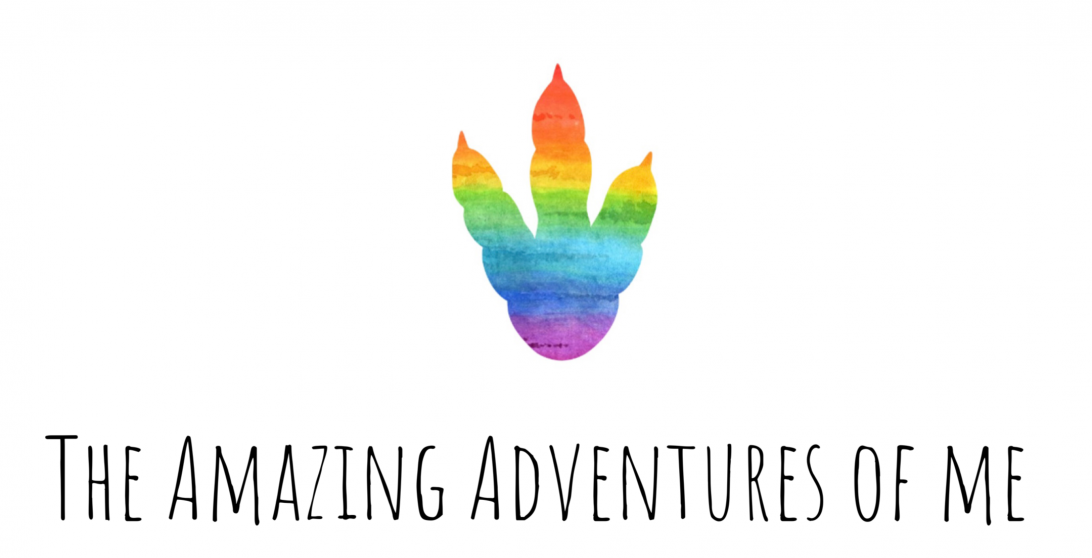


0 thoughts on “Boosting Your Iron Levels Naturally: The Best Foods to Eat”